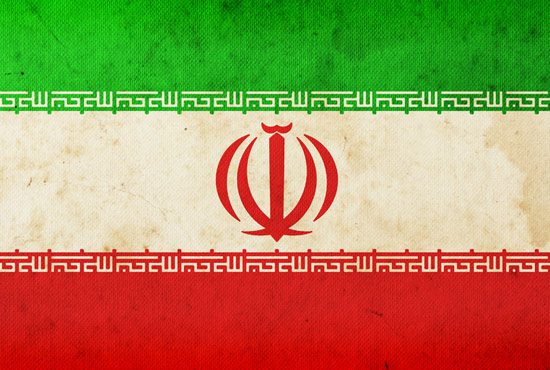Iran’s Tactical Strength

A New York Times story on March 19 reported that there might be “perils” for the U.S. in the event of an Israeli attack on Iran and warned that “it may be impossible to preclude American involvement in any escalating confrontation” with “dire consequences for the region and for United States forces there.” The story received wide play in the media, a respite from the barrage of persistent press coverage that has been portraying a new Middle East war as both inevitable and a legitimate response to a burgeoning threat. The conclusion, based on the outcome of the Internal Look war games concluded in early March, is not particularly surprising, as many inside and outside the government have long been arguing that it would be impossible for Washington not to get involved in such a conflict given the U.S. military presence in the region and expected pressure from Israel and its friends.
But the real story of the still-classified war games, which were designed primarily to test internal communications and response coordination between Central Command in Tampa and operational units in the Middle East, was the ability of the Iranians to counterattack effectively against American forces and U.S. regional allies. The Netanyahu government has been arguing that any Iranian response to an Israeli air attack would be manageable, with few casualties among Israelis, because Iran would fear an escalation that would bring U.S. forces to bear. Yet even modest retaliation from Iran would almost unavoidably draw the U.S. into the fray. The war games tested a number of scenarios in which U.S. forces were hit either deliberately or by accident, producing a reaction from Washington that included sustained bombing of Iranian coastal defenses and nuclear sites, which quickly escalated into a full-scale regional conflict.
 The war games demonstrated that the United States Navy would have considerable problems in dealing with Iranian offensive operations in the narrow waters of the Straits of Hormuz. Iran is believed to have more than 5,000 mines available, many of modern design and exceedingly difficult to detect, sweep, and disarm. The Iranian Navy has also become adept at small-boat swarming tactics, in which large numbers of light vessels attack larger warships in what have been described as suicide runs. U.S. warships have been training to deal with such tactics and it is believed that they can counter them somewhat effectively, but the games revealed that there is a high probability that American vessels will be sunk with considerable loss of life. Iranian cruise missiles also pose a threat. Iran has Chinese sea-skimmer models and has also developed its own variants. Again, U.S. warships have countermeasures, but sustained attacks at sea level combined with missiles that approach their targets vertically from high altitude could cause considerable casualties. In the earlier Millennium Challenge war games carried out in 2002, a combination of Iranian cruise missiles and swarming small boats employing innovative tactics and operating on internal lines defeated a much larger U.S. Navy squadron. The result was so disturbing that the game was canceled before it was concluded.
The war games demonstrated that the United States Navy would have considerable problems in dealing with Iranian offensive operations in the narrow waters of the Straits of Hormuz. Iran is believed to have more than 5,000 mines available, many of modern design and exceedingly difficult to detect, sweep, and disarm. The Iranian Navy has also become adept at small-boat swarming tactics, in which large numbers of light vessels attack larger warships in what have been described as suicide runs. U.S. warships have been training to deal with such tactics and it is believed that they can counter them somewhat effectively, but the games revealed that there is a high probability that American vessels will be sunk with considerable loss of life. Iranian cruise missiles also pose a threat. Iran has Chinese sea-skimmer models and has also developed its own variants. Again, U.S. warships have countermeasures, but sustained attacks at sea level combined with missiles that approach their targets vertically from high altitude could cause considerable casualties. In the earlier Millennium Challenge war games carried out in 2002, a combination of Iranian cruise missiles and swarming small boats employing innovative tactics and operating on internal lines defeated a much larger U.S. Navy squadron. The result was so disturbing that the game was canceled before it was concluded.
Philip Giraldi, a former CIA officer, is executive director of the Council for the National Interest.
Comments